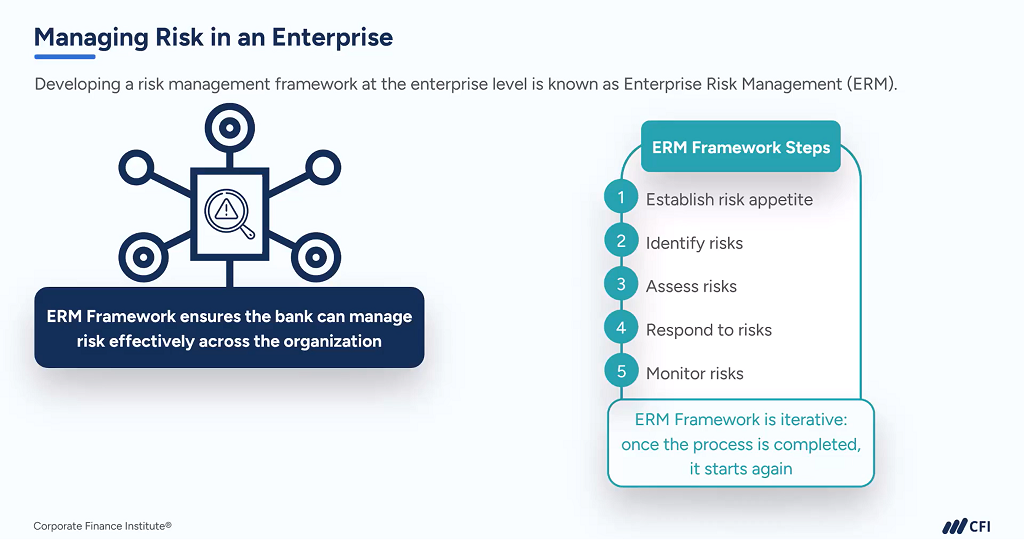Exploring the Sustained Benefits and Importance of Risk Management for New Businesses
Exploring the Sustained Benefits and Importance of Risk Management for New Businesses
Blog Article
Exploring the Significance of Risk Management for Effective Decision-Making Strategies
In the complex world of organization, Risk Management emerges as a vital factor in the decision-making procedure. The capability to determine possible risks and opportunities, and plan appropriately, can spell the difference between success and failing.
Recognizing the Concept of Risk Management
Risk Management, a vital component in decision-making, is frequently misunderstood or oversimplified. Risk Management includes organized and self-displined techniques, making use of information and insightful assessments. From financial unpredictabilities, legal liabilities, tactical Management mistakes, to mishaps and all-natural catastrophes, it addresses different threats - importance of risk management.
The Function of Risk Management in Decision-Making Processes
In the realm of calculated preparation and company procedures, Risk Management plays an indispensable role in decision-making procedures. It aids in determining prospective threats and unpredictabilities that can impact the achievement of service objectives. By tracing these threats, business can develop approaches to reduce their influence, making sure business continuity and security. Risk Management thus ends up being an important device in decision-making, assisting leaders to make informed options based on a thorough understanding of the dangers involved. It urges an aggressive method, allowing organizations to prepare and expect for possible future circumstances. This significantly minimizes the chance of adverse consequences, promoting much more effective and effective decision-making methods. Risk Management offers as an essential part in the decision-making procedures of any type of organization.

Exactly How Risk Management Enhances Strategic Planning
In the context of critical planning, Risk Management plays a critical role. Launching with the recognition of potential threats, it additionally encompasses the implementation of Risk mitigation actions. The function of Risk Management is not static but vibrant, as it demands consistent tracking and adjusting of strategies.
Recognizing Potential Threats

Executing Risk Reduction
Having actually developed the importance of identifying prospective dangers, the following action is to explore Risk mitigation. This procedure includes creating and implementing techniques to handle determined dangers successfully. It is a vital facet of calculated preparation as it boosts decision-making by reducing prospective negative results. Risk mitigation strategies can range from Risk evasion, Risk transfer, to run the risk of reduction. Each technique ought to be tailored to the particular Risk, considering its possible influence and the company's Risk tolerance. Additionally, efficient Risk mitigation calls for a deep understanding of the Risk landscape and the potential impact of each Risk. This understanding makes it possible for organizations to prioritize risks and allot resources properly, guaranteeing that the most considerable risks are addressed initially.
Tracking and Changing Methods
Though Risk mitigation is a More about the author crucial action in calculated preparation, continual surveillance and adjustment of these approaches is just as essential. This recurring process permits organizations to determine brand-new risks and reassess existing ones, ensuring the carried out strategies stay reliable in the ever-changing business atmosphere. It additionally provides a chance to examine the success of the Risk Management steps, enabling changes to be made where necessary, additional boosting critical planning. Effective tracking and change require the use of analytics and crucial efficiency indications (KPIs) to measure effectiveness. These tools supply beneficial data-driven understandings that can educate strategic decision-making. As a result, tracking and readjusting Risk Management approaches is a crucial element for enhancing a company's durability and calculated preparation.
Instance Studies: Effective Risk Management and Decision-Making
In the world of organization and money, successful Risk Management and decision-making usually serve as the columns of prosperous ventures. These cases highlight the worth of astute Risk Management in decision-making processes. These situations underscore the important role of Risk Management in tactical decision-making.
Devices and Techniques for Efficient Risk Management
Navigating the intricate labyrinth of Risk Management requires the ideal set of techniques and pop over here devices. These devices, such as Risk signs up and warmth maps, aid in recognizing and assessing prospective threats. Techniques consist of both quantitative methods, like level of sensitivity analysis, and qualitative techniques, such as SWOT analysis. These assistance in focusing on risks based upon their possible impact and likelihood. Risk response techniques, a crucial part of Risk Management, involve accepting, staying clear of, moving, or mitigating risks. Tracking and regulating risks, through regular audits and evaluations, make sure that the approaches continue to be effective. With these tools and techniques, decision-makers can navigate the complicated landscape of Risk Management, consequently helping with notified and efficient decision-making.
Future Trends in Risk Management and Decision-Making Methods
As we check out the huge landscape of Risk Management, it ends up being noticeable that the strategies and tools utilized today will certainly continue to develop. The principle of Risk culture, where every participant of a company is aware and included in Risk Management, will certainly acquire a lot more prestige. These trends declare an even more aggressive and inclusive strategy towards Risk Management and decision-making.
Final thought

Risk Management therefore ends up being an important tool in decision-making, news aiding leaders to make enlightened options based on a detailed understanding of the dangers involved. Risk reduction techniques can range from Risk evasion, Risk transfer, to risk decrease (importance of risk management). Reliable Risk mitigation calls for a deep understanding of the Risk landscape and the prospective impact of each Risk. Risk action techniques, a key part of Risk Management, entail approving, preventing, moving, or mitigating threats. The idea of Risk culture, where every member of an organization is mindful and entailed in Risk Management, will certainly obtain a lot more importance
Report this page